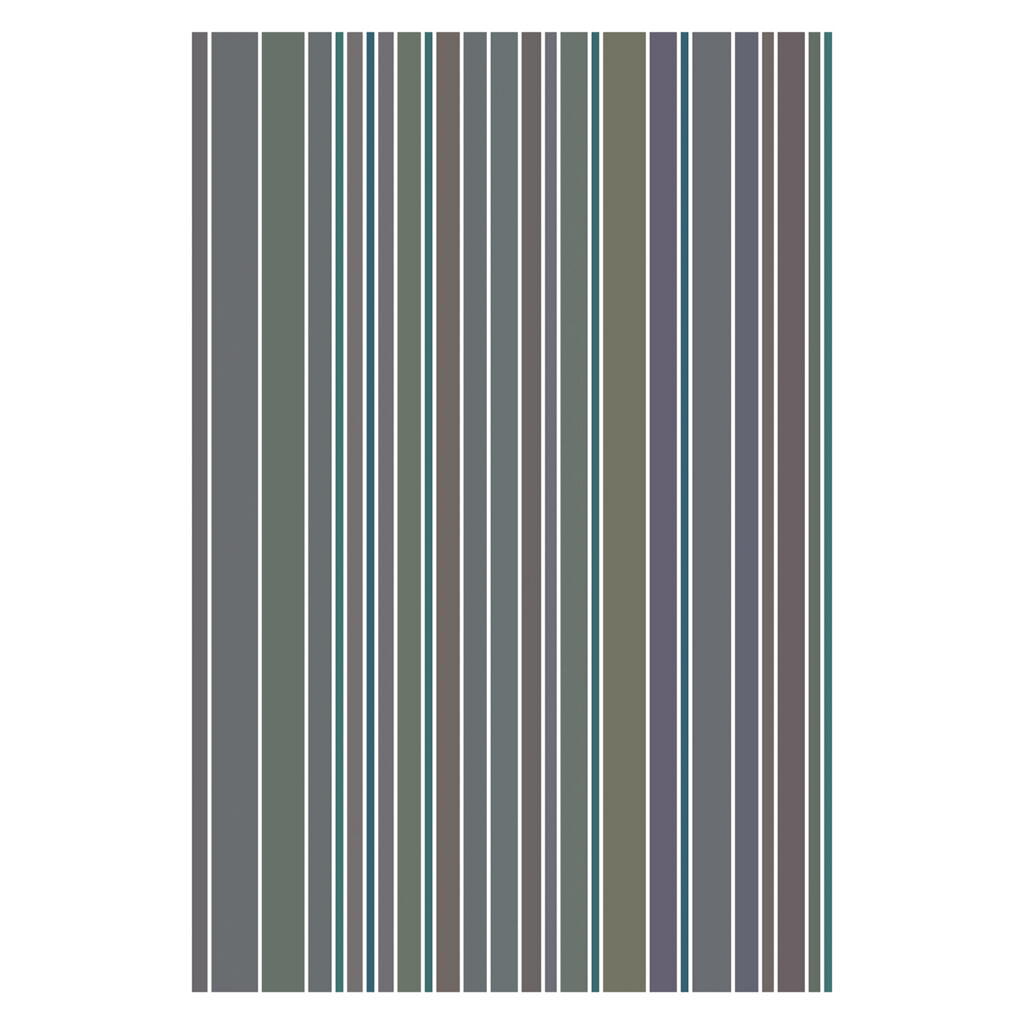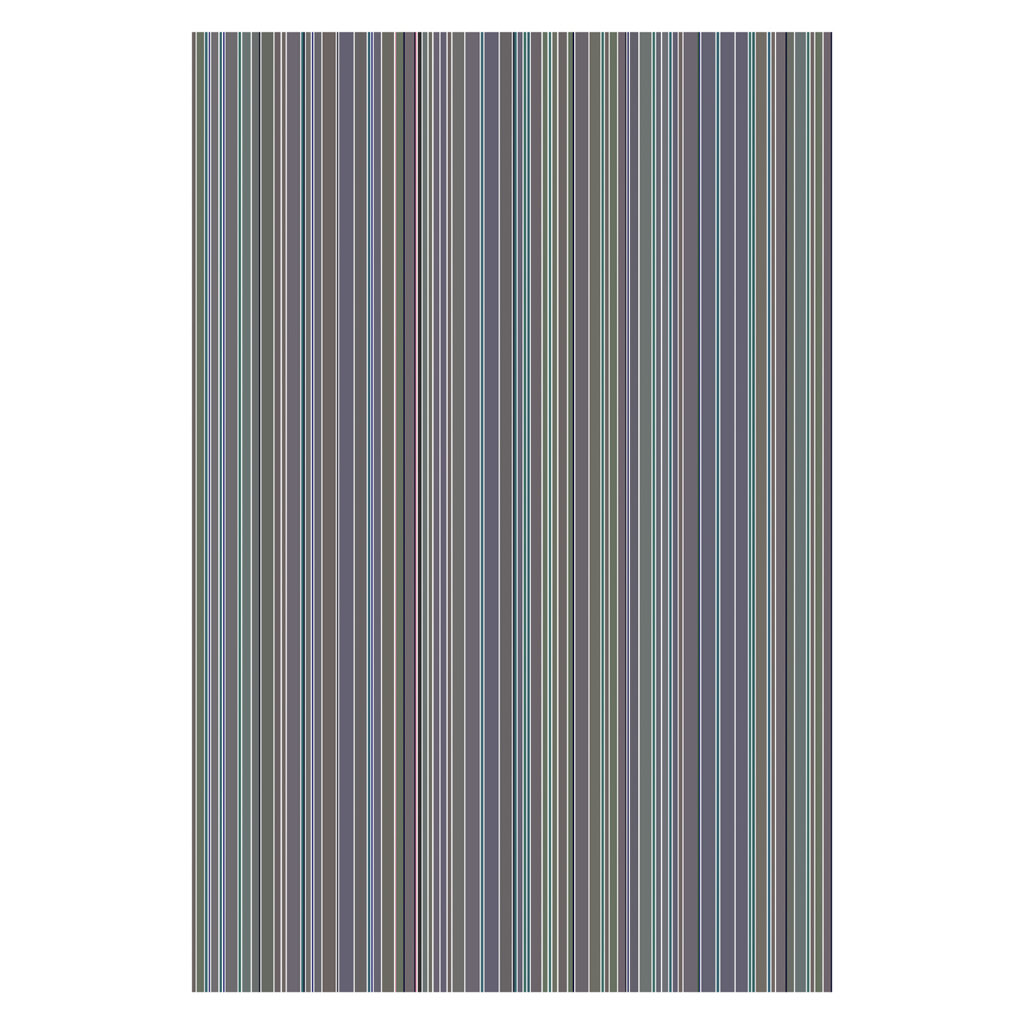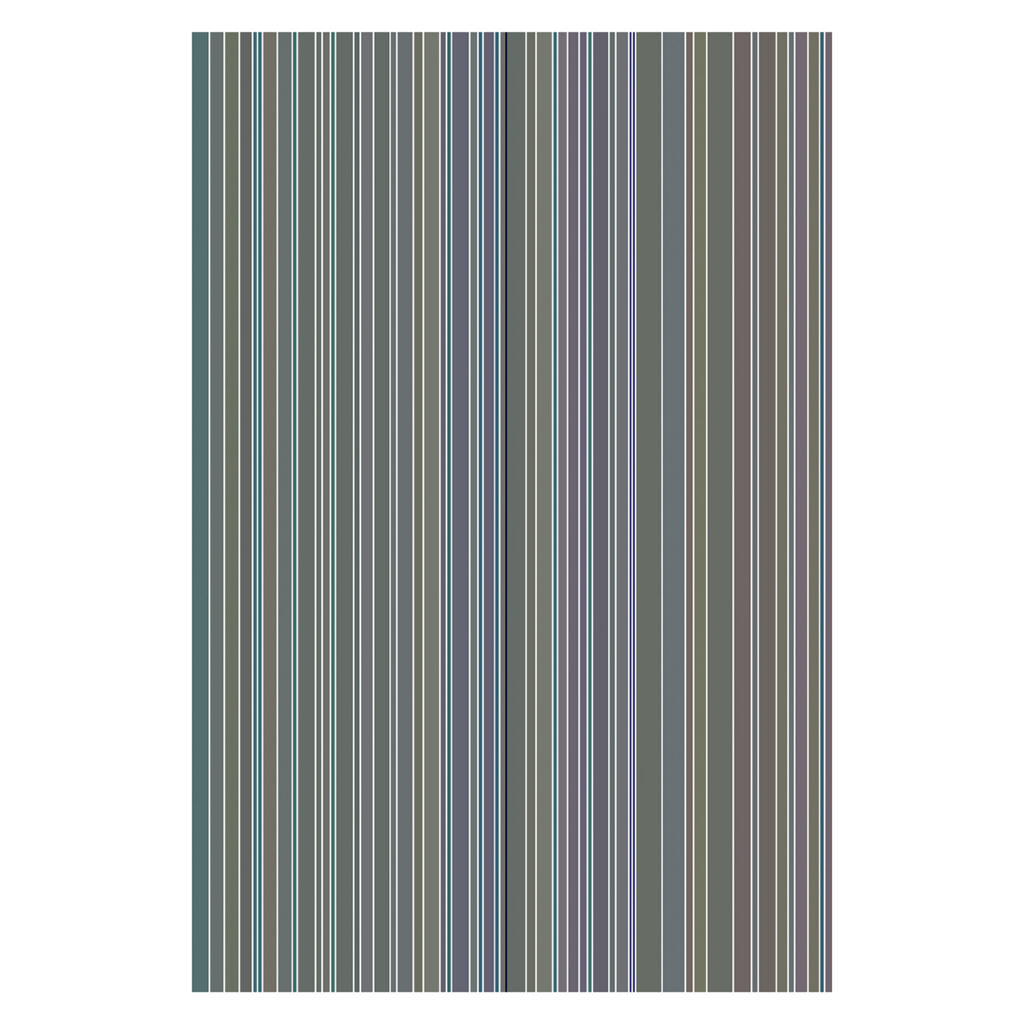
Eva Horn and Geoffrey Winthrop-Young, “Machine Learning,“ Art Forum 51, no. 1 (Sep. 2012): 474. 2014, Pigment print on archival cotton rag paper, 64x64 cm.

David Tomas, A Blinding Flash Of Light: Photography Between Disciplines and Media (Montreal: Dazibao, 2004). 201.2014, Pigment print on archival cotton rag paper, 64x64 cm.

Vilém Flusser, “Criteria - Crisis - Criticism,“ in Writings: Vilém Flusser, ed. Andreas Ströhl (Minneapolis: U. Minnesota Press, 2002), 48. 2014, Pigment print on archival cotton rag paper, 64x64 cm.

Friedrich A. Kittler, “Computer Graphics: A Semi-Technical Introduction,“ Grey Room 2(2001): 36. 2014, Pigment print on archival cotton rag paper, 64x64 cm.

Andreas Müller-Pohle, “Information Strategies,“ European Photography 21 - Photography Today/Tomorrow (I) 6, no. 1 (1985): 10. 2014, Pigment print on archival cotton rag paper, 64x64 cm.
We Shall Survive in the Memory of Other Media[1]
This work follows the unique writing methods of the late media philosopher Vilém Flusser, a famous multi-lingual who was fluent in five languages and wrote for publication in no less than four of them. His method of writing always started by an action of ‘projecting’ an initial thought, one that he described as ‘an image’, into the language, that best suited it. He would then continue with ‘writing’ the thought, then translating the resulting text into another language and sometimes back again, mining the image-thought-text for further implications, attempting to ‘exhaust’ it. Similar to no one else’s, this writing method can be only, and should be, compared to data manipulation in the information age.
Flusser consistently argued for an understanding of the photograph in connection to ‘an apparatus’[2] from which it must always derive. Moreover, he asserted, the photograph, being as it is always an object potentially identical to an unlimited number of other objects, is ‘a post-industrial object’ and as such it heralds a “future culture of immaterial information.”[3] Immaterial, argued Flusser, because photographs will eventually leave their chemistry behind, will abandon their material supports to become what Flusser calls “electromagnetized photos”[4] – images no longer seen on paper but on screen.
These prophecies by Flusser were written in the early to mid 1980’s, years before the advent of digital photography and the rise of personal computing. Was Flusser right and to what extent? Did photography complete its migration from paper to screen? And what then are we to make of (sceptical) images still tethered to their material supports? Further, do we even know what an images are? Or what they once were?
And if we ever knew what images are, do we still know? My work for this exhibition suggests that we do not know. We need revised definitions for what images really are and for how to differentiate between images and other media if we are to make images at all. For now we do not know how to tell sights from sounds, letters from numbers. In my work I argue that the difference between these categories, which has always been tentative and superficial, has recently been erased: “Like impoverished aristocrats forced to work as tour guides on their former estates, media now function in subservient fashion as interfaces between the machine and us.”[5]
If photography is now code (as is everything else) than we are free to play. With numbers, everything goes: modulation, transformation, synchronization; delay, storage, transposition; scrambling, scanning, mapping—a total media link on a digital base will erase the very concept of medium, everything is computer, everything is to be dated back to photography.
[1] We Shall Survive in the Memory of Others is the title to a famous interview with Vilém Flusser.
[2] Apparatus (pi. -es): a plaything or game that simulates thought [trans. An overarching term for a non-human agency, e.g. the camera, the computer and the ‘apparatus’ of the State or of the market] ; organization or system that enables something to function. Vilém Flusser, Towards a Philosophy of Photography (London: Reaktion, 2000). 82.
[3] Vilém Flusser, “The Photograph as Post-Industrial Object: An Essay on the Ontological Standing of Photographs,” Leonardo 19, no. 4 (1986): 331.
[4] Ibid.
[5] Eva Horn and Geoffrey Winthrop-Young, “Machine Learning,” Art Forum 51, no. 1 (Sep. 2012).